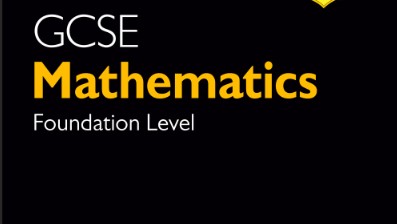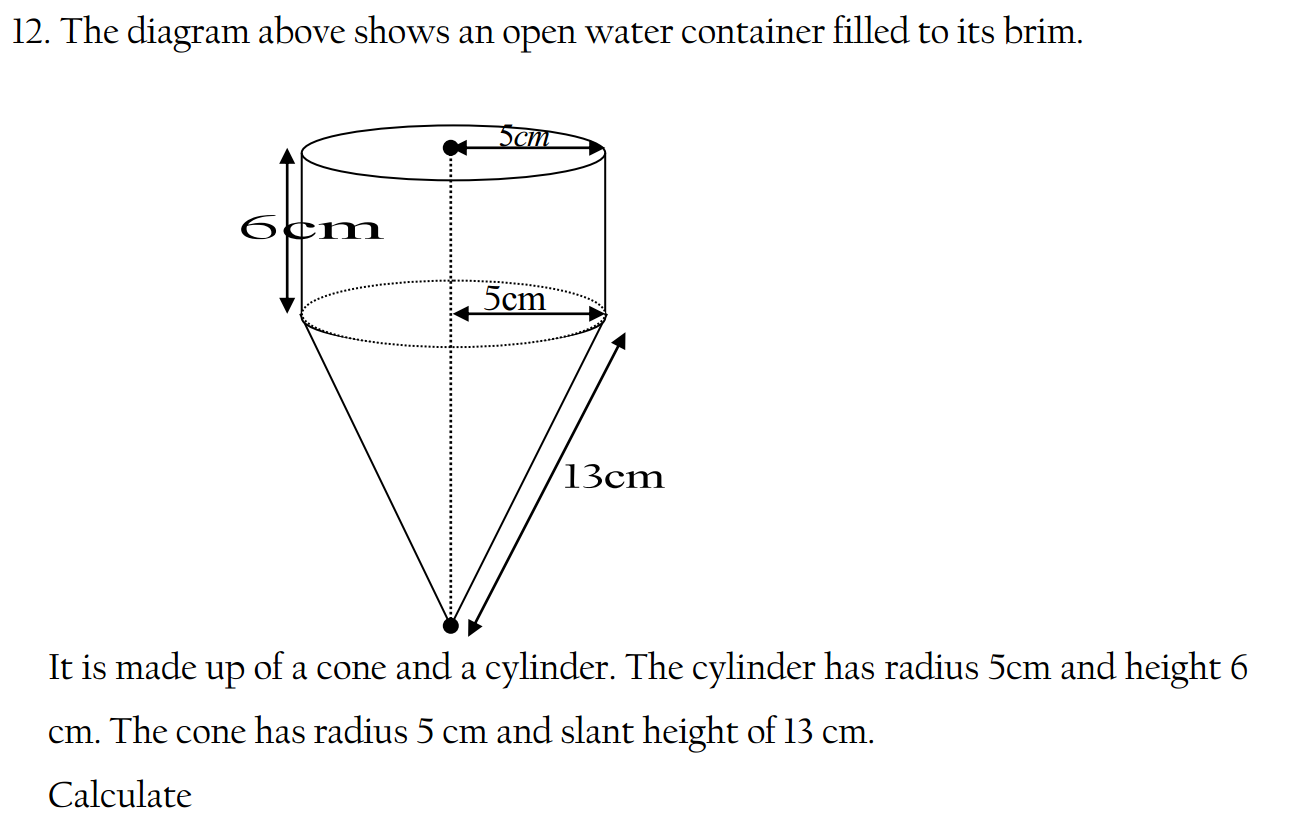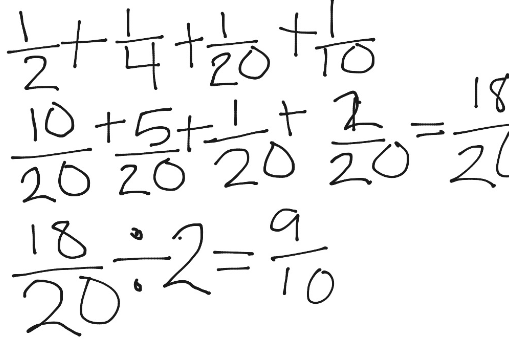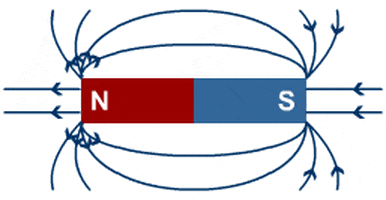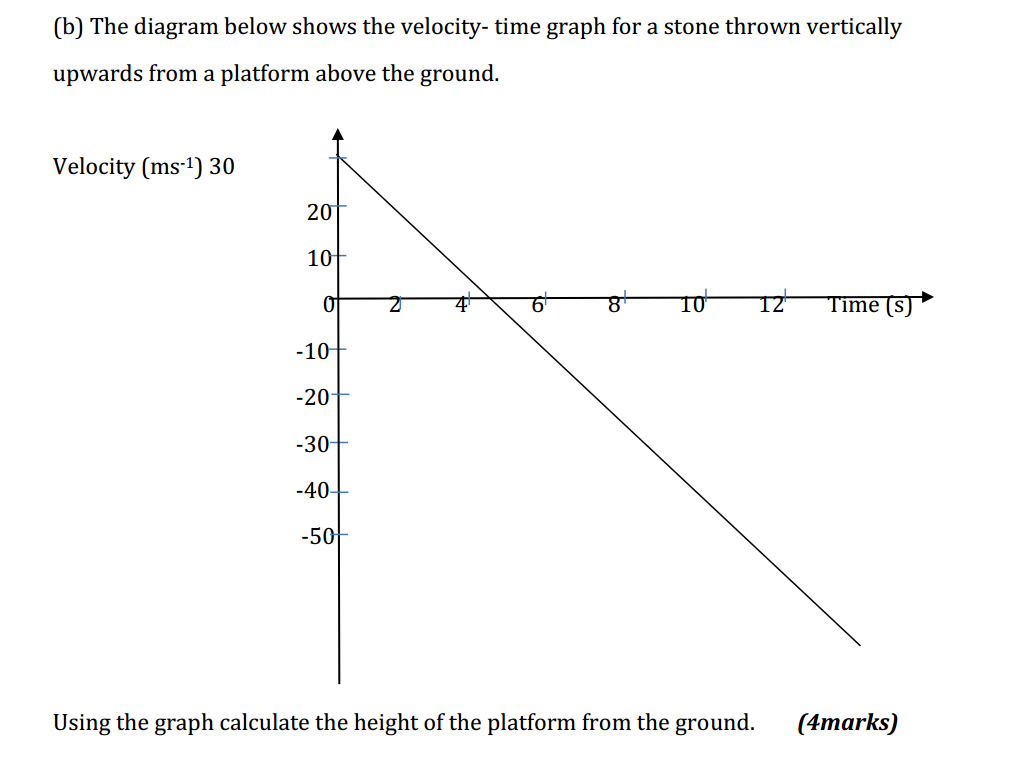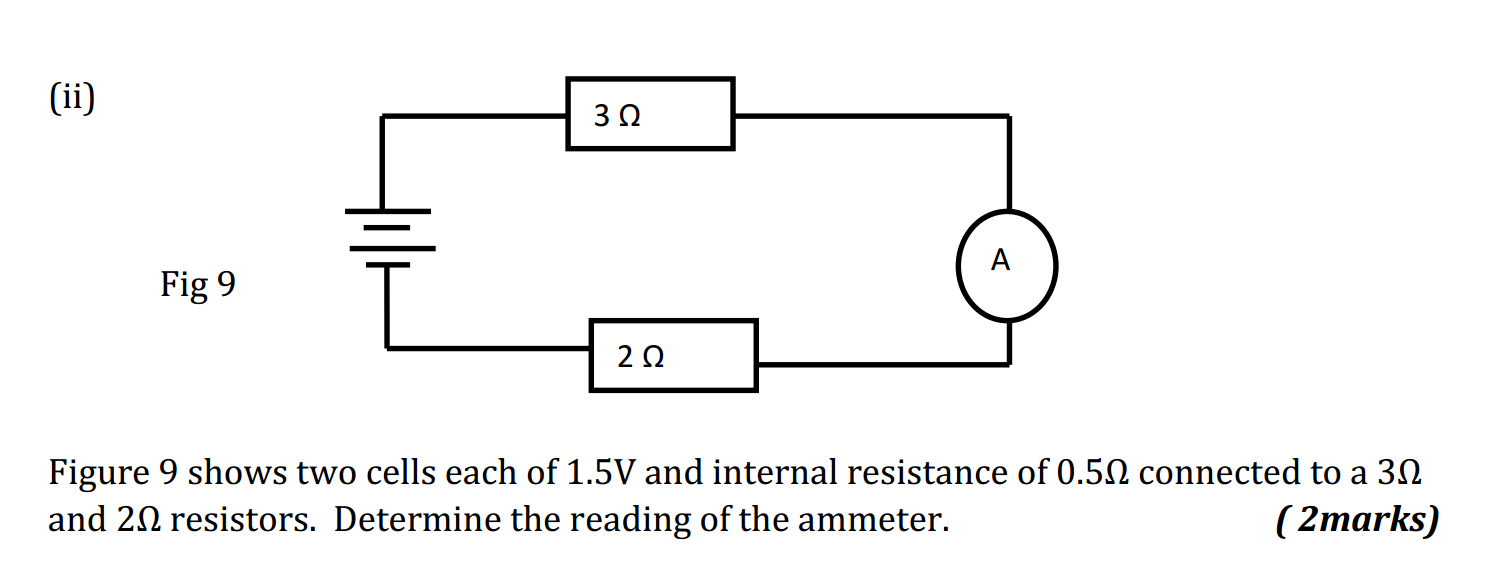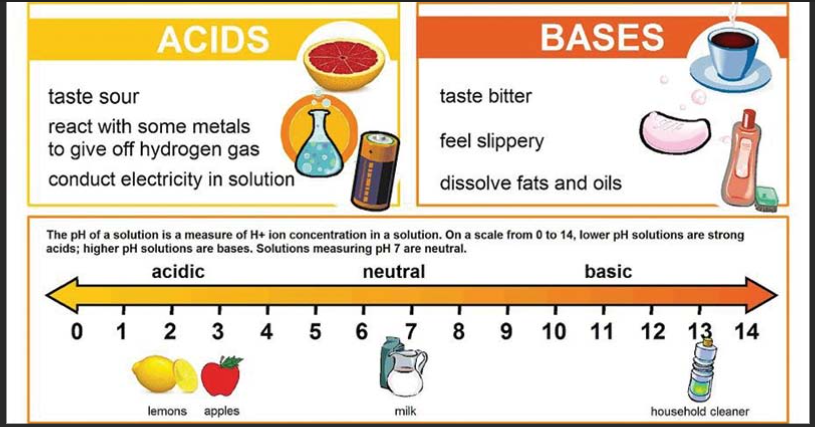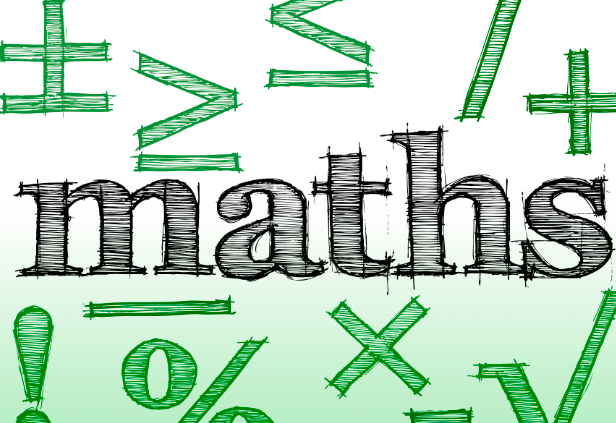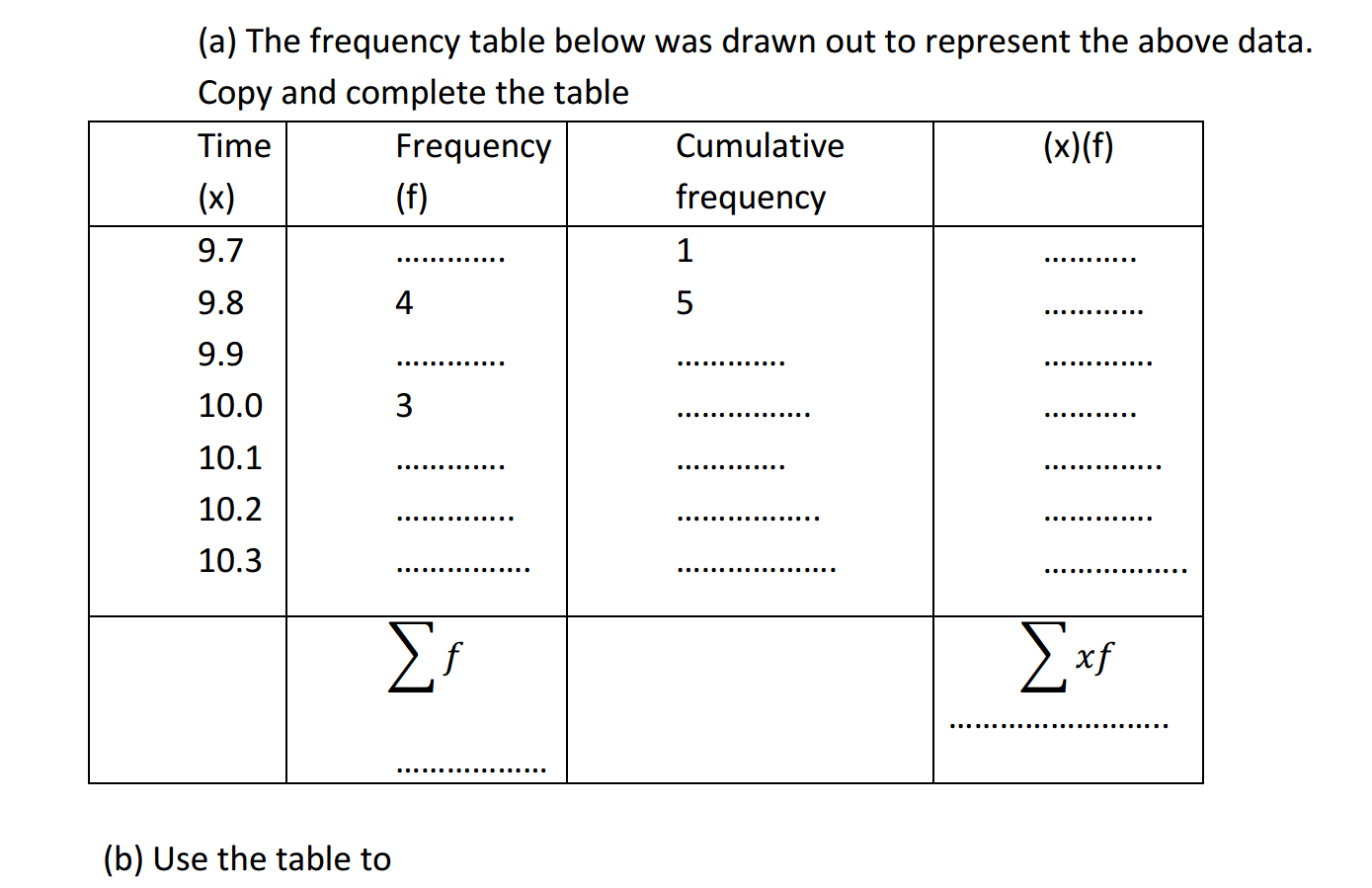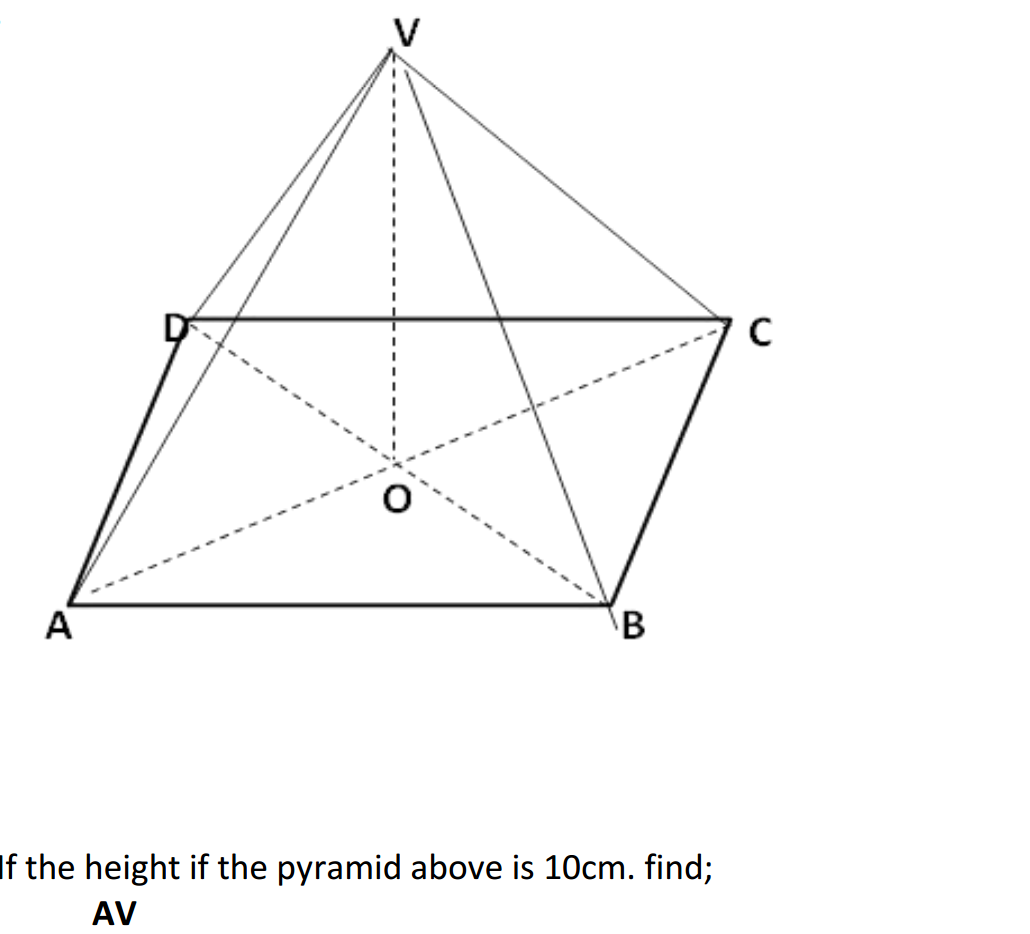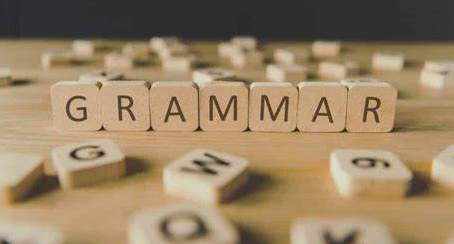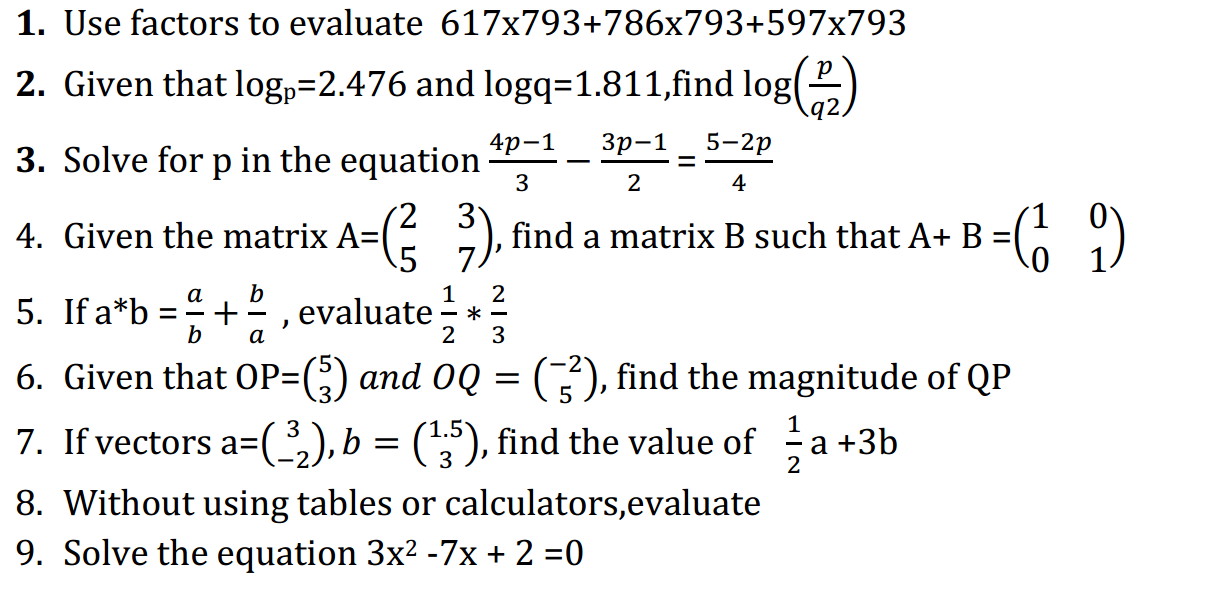Congratulations on your interest in reading! You are already on the right track towards broadening your horizons and increasing your knowledge. But why stop there when you can maximize the benefits of reading even further? That’s where the use of a question bank comes in! By challenging yourself with thoughtful questions, you engage with the text on a deeper level and improve your cognitive skills. This tool allows you to efficiently retain information and focus on key areas that need more attention – leading to greater comprehension and an impressive vocabulary. With a question bank in your reading routine, you’re taking control of your learning and making the experience far more meaningful. So don’t wait – embrace the power of a question bank and discover just how far your reading journey can take you.
When it comes to preparing for an exam, it’s important to have all the resources you need to succeed. One helpful tool is a question handbook, which contains a variety of practice questions to help you test your knowledge and identify areas where you may need additional study. With the rise of online platforms like Pepabank, it’s now easier than ever to access these resources and take control of your exam preparation. Whether you’re studying for a standardized test, professional certification, or just want to improve your knowledge in a particular subject, using a question handbook can be an effective way to boost your confidence and ace your exam. So why not try it out for yourself and see how much you can learn?
Drafting a reading time table is an essential component of effective studying and exam preparation. By creating a structured plan that is tailored to your specific goals, you can optimize your reading and revision time and increase your chances of success. It is important to prioritize your time, identify key topics and allocate sufficient time for each subject.
Moreover, incorporating revision exercises into your study routine can be a helpful way to reinforce key concepts and identify areas that require further attention. There are many different types of revision exercises available, including practice exams, self-testing, and group study sessions. By regularly practicing these exercises, you can build your knowledge and confidence in the subject matter, and be better prepared for any upcoming assessments.
In sum, drafting a reading time table and incorporating revision exercises into your study routine are two important steps in achieving academic success. By taking a structured and strategic approach to your learning, you can maximize your potential and achieve your goals.
When it comes to reading, it’s important to give your mind and body the rest they need to stay healthy and refreshed. While there isn’t one specific answer that applies to everyone, experts generally recommend taking breaks every 30 to 60 minutes to rest your eyes and stretch your muscles. Additionally, the amount of time you spend reading in one sitting may vary depending on factors such as your age, concentration levels, and the type of reading material you’re engaged with. It’s important to listen to your body and pay attention to any signs of fatigue or discomfort, as this can help you determine when it’s time to take a break and recharge your batteries. Ultimately, finding a reading routine that works best for you and your needs is key to maintaining optimal physical and mental health.
Share love with others on
- Click to share on WhatsApp (Opens in new window) WhatsApp
- Click to share on Facebook (Opens in new window) Facebook
- Click to share on X (Opens in new window) X
- Click to share on Pinterest (Opens in new window) Pinterest
- Click to share on Telegram (Opens in new window) Telegram
- Click to share on LinkedIn (Opens in new window) LinkedIn


